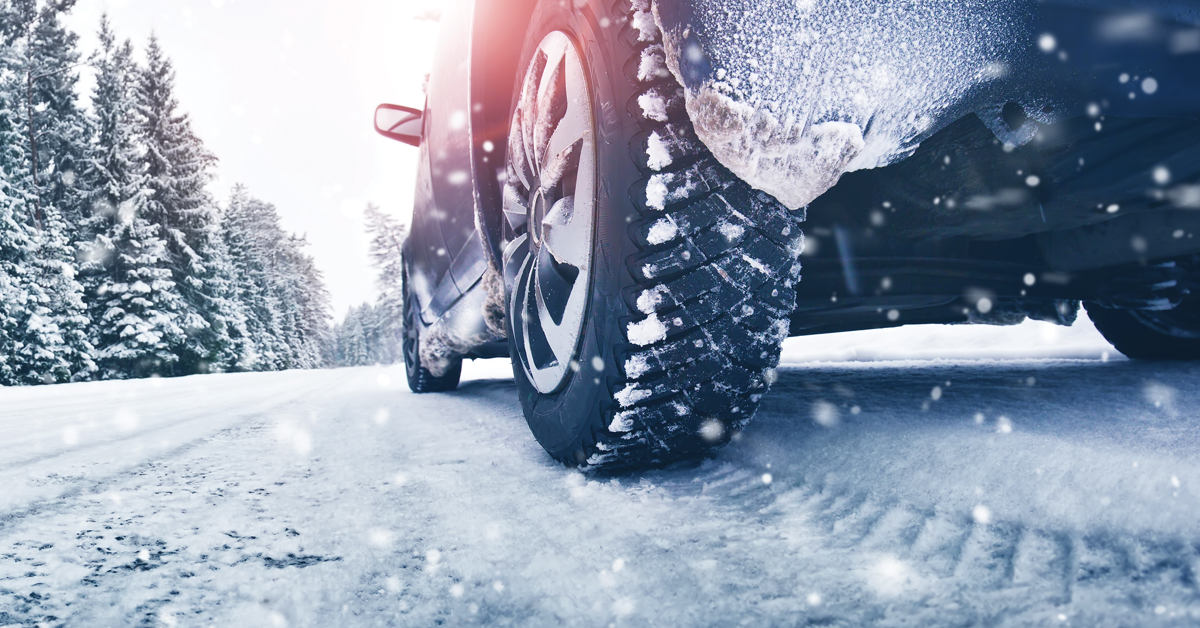Tips for driving in winter weather
Tips for driving in winter weather
Are you ready to drive in the cold, snow, and ice?

Severe weather can be frightening and dangerous for travelers. Winter storms, bad weather, and sloppy road conditions are factors in nearly half a million crashes and more than 2,000 road deaths every winter, according to research by the AAA Foundation for Traffic Safety.
Drivers should know the safety rules for dealing with winter road emergencies. AAA urges caution while driving in adverse weather. If necessary, stay home. Even if you can drive well in bad weather, it’s better to avoid taking unnecessary risks by venturing out.
Tips for driving in the snow
- Drive slowly. Always adjust your speed to account for lower traction when driving on snow or ice. Give yourself additional time to reach your destination.
- Accelerate and decelerate slowly. Apply the gas slowly to regain traction and avoid skids. Don’t try to get moving in a hurry and take time to slow down for stoplights and stop signs. Remember, it takes longer to slow down on icy roads.
- Increase your following distance to five to six seconds. This increased margin of safety will provide the longer distance needed if you must stop.
- Know your brakes. Whether you have antilock brakes or not, keep the heel of your foot on the floor and use the ball of your foot to apply firm, steady pressure on the brake pedal.
- Don’t stop if you can avoid it. There’s a big difference in the amount of inertia it takes to start moving from a full stop versus how much it takes to get moving while still rolling. If you can slow down enough to keep rolling until a traffic light changes, do it.
- Don’t power up hills. Applying extra gas on snow-covered roads will just make your wheels spin. Try to get a little inertia going before you reach the hill and let that inertia carry you to the top. As you reach the crest of the hill, reduce your speed and proceed downhill slowly.
Cold-weather car prep
- Keep a bundle of cold-weather gear in your car, such as extra food and water, warm clothing, a flashlight, window scraper, blankets, medications, and more.
- Make certain your tires are properly inflated and have plenty of tread.
- Keep at least half a tank of fuel in your vehicle at all times.
- Never warm up a vehicle in an enclosed area, such as a garage.
- Do not use cruise control when driving on any slippery surface such as ice and snow.
AAA Driver Training students learn to drive like pros through all seasons and conditions. Get started now.